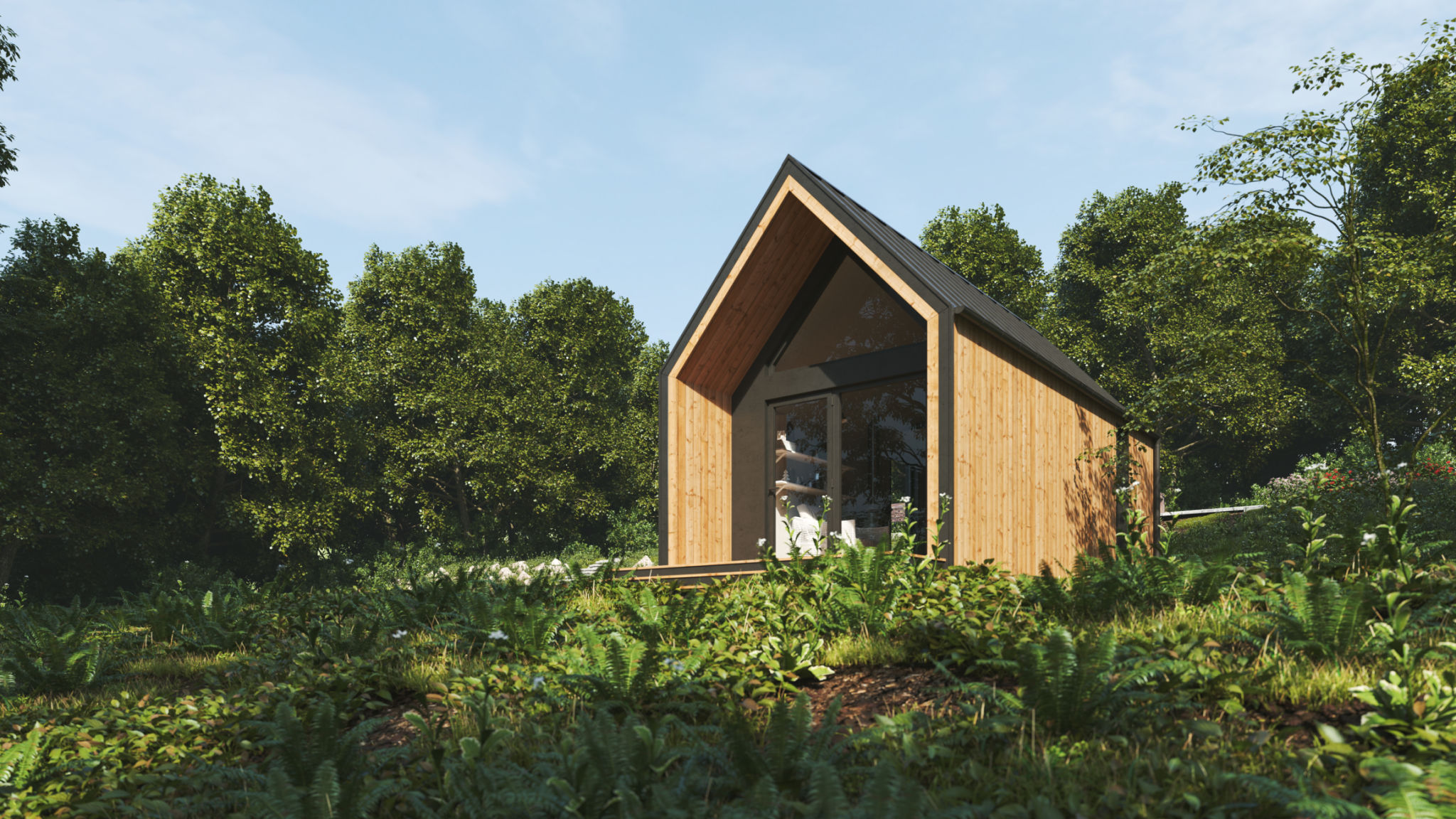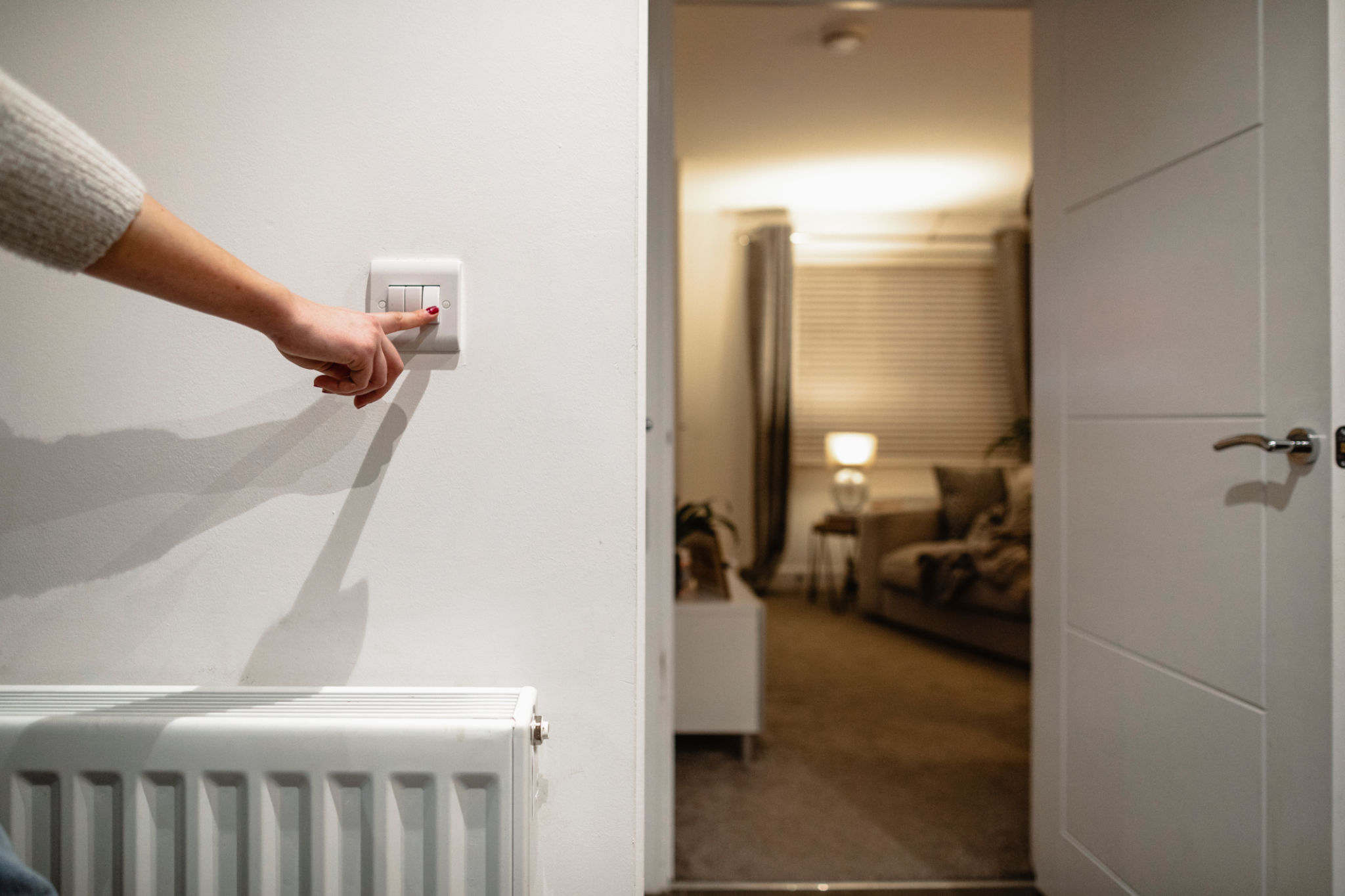Eco-Friendly Interior Design: Sustainable Choices for Dubai Residents
MI
Introduction to Eco-Friendly Interior Design
As the world becomes increasingly aware of environmental issues, the demand for eco-friendly interior design has surged. In Dubai, where luxury and modernity meet, residents are seeking ways to incorporate sustainability into their homes. By making smart, eco-conscious choices, you can create a beautiful, sustainable living space that benefits both your family and the planet.
Eco-friendly interior design involves selecting materials and furnishings that minimize environmental impact. It emphasizes reducing waste, conserving resources, and improving indoor air quality. This approach not only helps protect the environment but also enhances the well-being of those who live in the space.

Sustainable Materials
One of the key aspects of eco-friendly interior design is choosing sustainable materials. Opt for furniture and decor made from recycled or reclaimed materials. This could include items crafted from reclaimed wood, metal, or glass. These materials not only reduce waste but also add unique character to your home.
Bamboo is another excellent choice for sustainable interiors. It grows rapidly and is highly renewable, making it an ideal alternative to traditional hardwoods. Additionally, bamboo is incredibly versatile and can be used for flooring, cabinetry, and even furniture.
Eco-Friendly Fabrics
When selecting fabrics for your home, consider materials like organic cotton, hemp, or linen. These fabrics are produced with minimal environmental impact and are free from harmful chemicals. They offer a natural look and feel that complements any interior style.

Energy Efficiency
Energy efficiency is a crucial component of eco-friendly interior design. By incorporating energy-saving technologies and practices, you can significantly reduce your home's carbon footprint. Start by replacing incandescent bulbs with LED or CFL lighting, which use less energy and have a longer lifespan.
Consider installing smart thermostats to optimize energy use in your home. These devices allow you to control your heating and cooling systems remotely, ensuring that energy is used efficiently throughout the day. Additionally, ensure that your home is well-insulated to prevent energy loss.
Water Conservation
Water conservation is another important factor in sustainable living. Install low-flow faucets and showerheads to reduce water consumption without sacrificing performance. You might also consider rainwater harvesting systems to collect and reuse water for irrigation or other household needs.

Indoor Air Quality
Improving indoor air quality is essential for creating a healthy living environment. Choose paints and finishes with low or no volatile organic compounds (VOCs) to reduce harmful emissions. Incorporate houseplants into your design, as they naturally purify the air and add a touch of greenery to your space.
Additionally, ensure proper ventilation in your home to maintain fresh air circulation. This can be achieved through the use of exhaust fans, open windows, or air purifiers with HEPA filters.
Conclusion: The Benefits of Eco-Friendly Design
Embracing eco-friendly interior design offers numerous benefits for Dubai residents. Not only does it contribute to a healthier planet, but it also creates a more comfortable and healthier home environment. By making informed choices about materials, energy use, and air quality, you can enjoy a stylish and sustainable living space that reflects your commitment to the environment.
